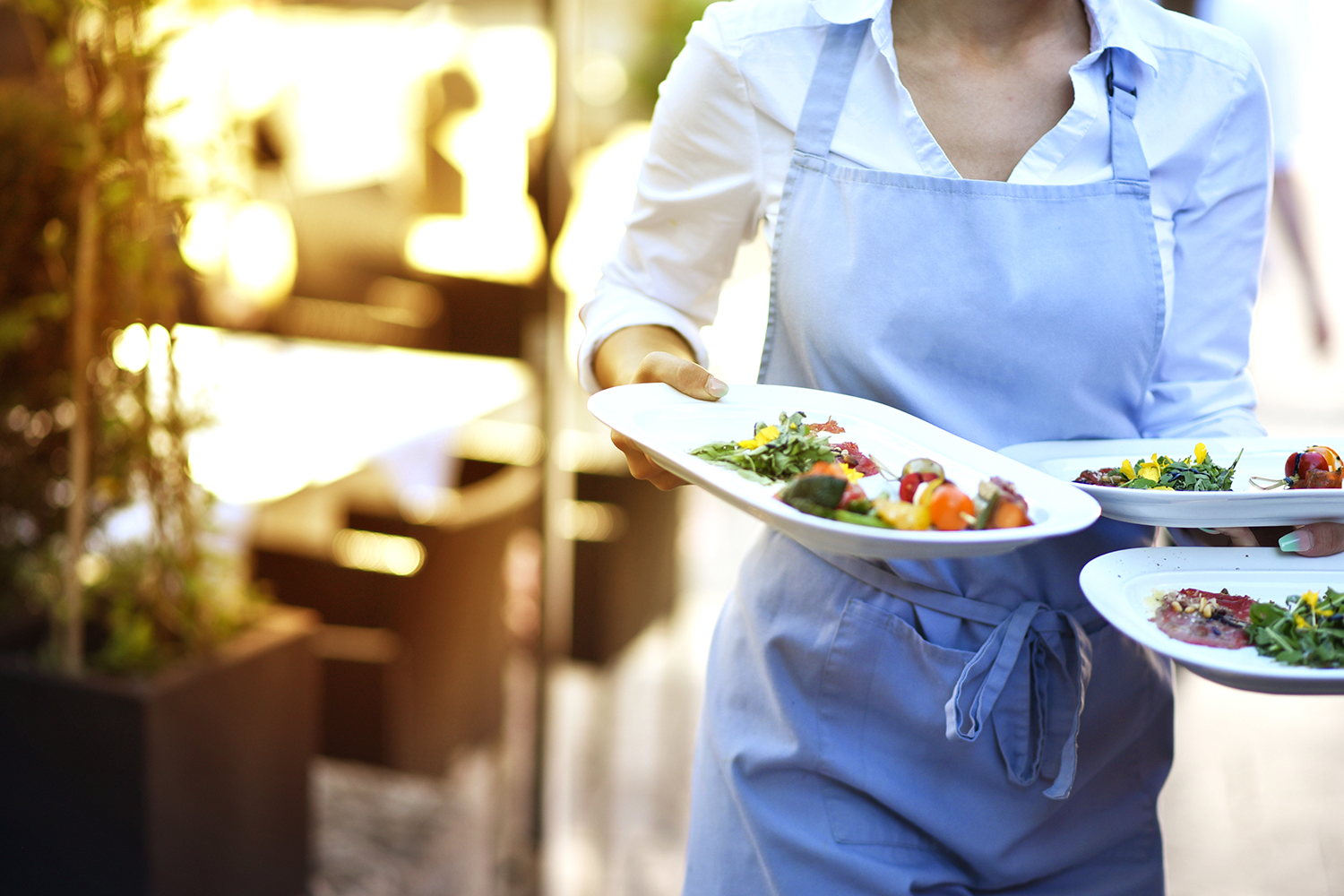By Nathan Sykes, Contributor
Restaurants are an important part of the world's food distribution networks — but they introduce many of their own challenges and are vulnerable to a range of incidents and circumstances. These include foul weather, national unrest and partner companies folding under financial pressure. The restaurant business is one where even a moment's worth of bad first impressions can cause you to permanently lose a would-be customer.
Here's how restaurants fit into the larger food supply chain, and some things restauranteurs can do to make their distribution functions more efficient. Entire systems can work together with a little more harmoniously.
Get All Parties on the Same Page
The top priorities for human survival are shelter, water, heat and food. What happens when a cold chain distribution company neglects to maintain its chillers and sends out several shipments of spoiled food products? In industries like foods, beverages, medicines and even medical devices, having just one weak link can put hundreds or thousands of customers' health and well-being at risk.
How can restaurants get this part of the process right? Several technologies come to mind:
Universal enterprise resource planning systems can help multiple business partners instantly share information about shipment status and condition monitoring for chilled merchandise. They can also receive instant alerts about delivery or distribution delays.
Remote monitoring is easier than ever, thanks to cheap, light and flexible temperature and humidity probes with Internet connectivity. Restaurant managers should ask their suppliers about the measures they take to ensure a quick response to quality control events. It's important to make sure their food products don't experience temperature fluctuations on their way to the final destination.
The food supply chain is one of the more vulnerable when it comes to delays, mechanical failures of equipment, miscommunication between vendors and suppliers, and unexpected spikes or troughs in demand.
Use all the technologies at your disposal to get everyone in your supply chain on the same page. Choosing an ERP system with easy partner integration makes it simple to create a "single version of the truth" when it comes to the supply, demand, and location of your ingredients at any given time.
Make Your Supply Chain Transparent for Your Guests
If there's one thing the modern consumer appreciates, it's visibility into how their products are made, sourced, and ethically distributed around the world. That's why several organizations are working on blockchain standards for major industries like food distribution as we speak.
Major companies like IBM and Walmart are already proving the usefulness of having an immutable log of every shipment and all information gathered along the way. This includes point of origin, condition while en route, the name of each receiving facility and more. Today, it's possible to trace a single piece of produce back to its source in under three seconds.
The restaurant setting offers several opportunities to engage in customer-loyalty-generating traceability programs. In 2015, there were 150 Class I, II and III food recalls for a total of 21.1 million pounds of food recalled from restaurants and grocers.
When you consider that just a whisper of food contamination in a restaurant can turn off guests, you begin to understand why QR codes are such a timely and useful invention. When you give diners the ability to use their smartphones and see where each ingredient in their meal came from, you create peace of mind that's difficult to put a price tag on.
Have a Backup Plan and Supplier for Your Restaurant
Don't forget about the pressure this places on your distributors, too. Customers will love knowing where your food comes from. Distributors will see that the right checks and balances are happening where it matters most: where the complex machinations of the food supply chain intersect with the public. None of the rest of the $280 billion industry that is foodservice distribution is worth anything if this all-important last-mile handoff doesn't go well.
One of the most important things you can do to protect your supply chain against disruptions is to investigate all your alternative options. Nobody wants to come to your restaurant to try your signature dish only to find out you can't serve it for the foreseeable future, since your supplier can't get their hands on a critical ingredient.
Restaurants and grocery stores are some of the only parts of the food distribution process that the general public interacts with or thinks about regularly. There's a lot you can do to communicate with them and your partners about your commitment to safety and quality, not to mention a pleasant dining experience. Given the speed of change in the world, make sure you're leaving nothing to chance when it comes to keeping your supply chains moving year-round.
Whether it's through technology or cultivating a closer and more collaborative relationship with your partners, this is an industry that rewards a serious commitment to excellence. Getting it right in your restaurant sets a precedent that can resonate through the rest of the chain and help inspire positive changes.














